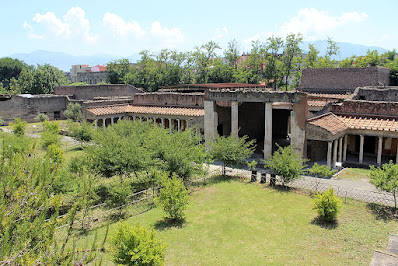extract from The Magna Carta (1215)
https://en.wikipedia.org/wiki/Magna_Carta
Ūna mēnsūra vīnī
sit per tōtum rēgnum nostrum, et ūna mēnsūra cervīsi(a)e*, et ūna mēnsūra bladī,
scīlicet quartērium Londoniense, et ūna lātitūdō pannōrum tīnctōrum et
russetōrum et halbergettōrum, scīlicet du(a)e uln(a)e* īnfrā listās; dē
ponderibus autem sit ut dē mēnsūrīs.
bladum, -ī [2/n]:
(Mediaeval) a type of grain eat
cervisia, -ae
(also cervēs(i)a) [1/f]: beer
halbergettōrum:
refers to halberget or haberject, a type of cloth but the specific
details unknown
lista, -ae [1/f]:
(Mediaeval) border; hem; described in the English translation as selvage,
the edge of a piece of cloth to stop it from unravelling
pānnus, -ī [2/m]:
cloth
pondus, ponderis
[3/n]: weight
quarterius =
quartārius, -ī [2/m]: quarter; the “London quarter” refers to the measurement
for liquid and grain
https://en.wikipedia.org/wiki/Quarter_(unit)
scīlicet: namely
tīnctus, -a, -um:
(here) dyed; coloured, treated
ulna, -ae [1/f]:
elbow; arm; measurement: ell [England: 45 inches; Scotland: 37 inches] or cubit; the image shows the Ell House in Dunkeld, Scotland, the measurement standardised in 1661
*Note the
Mediaeval spelling reflecting the change in pronunciation of Classical Latin
/ae/ > /e/
[i] una mēnsūra
cervisie = cervisiae
[ii] due
ulne = duae ulnae
____________________
Let there be one
measure of wine, of ale and of corn (namely, “the London quarter”) throughout
our whole realm. There shall also be one width of cloth (whether dyed, russet,
or halberget): that is, two ells within the selvages. Let
weights also be standardised similarly.























